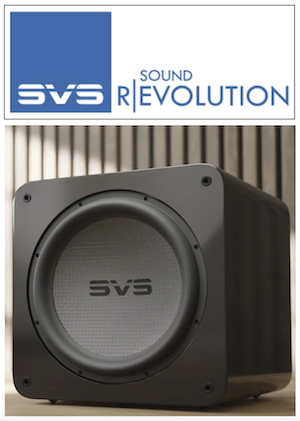(August 28, 2019) As if the obvious wasn’t obvious enough, the UHD Alliance is celebrating the launch of "Filmmaker Mode," a sorely needed universal TV viewing preset. For years, unsuspecting buyers have spent high-level dollars on displays loaded with technologies cloaked by confusing proprietary terms. And the vast majority of new TVs ship with factory settings that are less than optimal, spelling bad news for buyers that simply want to plug-and-play.
The reasons behind the industry’s bullheaded refusal to put the average customer first are lengthy and complicated, but most of it boils down to sales and brand differentiation. Those two factors have made it nearly impossible for buyers to experience quality out-of-box viewing, let alone understand that better viewing is possible. This is the industry’s doing and hardworking paying customers have ignorantly suffered, save for those that obsess over AV tech or have the means to hire outside help.
Years ago, my THX Video Calibrator instructor (Gregg Loewen) explained it best: “Would you spend $4,000 to fly to France, get a hotel room, tour the Louvre, and see the Mona Lisa with red sunglasses on?” Hello, rhetorical question! The answer is a resounding, “No!” Nor should you drop $2,000 on a new TV, only to view your favorite movies differently than content creators intended. That’s precisely why TVs have tweakable settings that allow an image – color and all – to closely resemble a calibrated Hollywood production monitor, giving viewers access to an unfettered transfer of Hollywood’s art.
Motion smoothing or frame interpolation is probably the most infamous of modern TV technologies. It’s marketed as a must have feature and every manufacturer calls it something different. Unfortunately, most TVs ship with it engaged. Some TVs (inexpensive ones) need frame interpolation to mask performance deficiencies, however most moderate to expensive TVs don’t need it and perform significantly worse when it's turned on.
The damaging effects of motion smoothing are so impactful that Hollywood celebrities, such as Tom Cruise, have begged adoring fans to brave their TV settings and turn it off. And eliminating motion smoothing is just the tip of the iceberg when it comes to getting a TV to perform like a Hollywood monitor, but most consumers are none the wiser.
That brings us to yesterday’s big announcement from the UHD Alliance, which popped Champaign and threw confetti as it revealed the all-new “Filmmaker Mode.” The mode is a universal performance preset that TV manufacturers plan to integrate in new products. When engaged, Filmmaker Mode optimizes a TV’s picture for film and shows, getting viewers closer to a calibrated viewing experience.
Yes, Filmmaker Mode turns off motion smoothing. It also sets a TV’s reference white point to an industry standard called D65. Additionally, the mode turns off a host of invasive image attenuators such as noise reduction, image enhancement processing, and the like. Think of it as one-button access to better viewing.
“Having a single name,” says Warner Bros Vice President of Technology Michael Zink, “is essential to delivering the message to consumers that if you want to see movies the way they were intended to be seen, you should watch them in Filmmaker Mode. You shouldn’t have this distinction we had before where ‘you should watch it in X mode on this TV, or ‘Y’ mode on that TV’. That dilutes the message. So a single name was really important.”
As of now, only three manufacturers have publicly agreed to participation: Vizio, LG, and Panasonic. Hopefully, more are prepping to follow suit. Big time Hollywood creators such as James Cameron, Christopher Nolan, Martin Scorsese, JJ Abrams, M Night Shyamalan are all onboard and promoting the feature, so it’s safe to assume other brands will feel pressure to jump on board.
All of this begs the question: why not ship TVs with “Filmmaker Mode” engaged out of the box? Give consumers direct access to two viewing modes (Daytime and Nighttime) and call it quits. Bury all of the other technologies in menu systems, making it difficult to nudge a television out of an optimal operating state (the opposite of what consumers experience today).
It seems so simple and obvious. Doesn’t it?
The truth? Brands drive sales by capturing a customer’s eye with the sizzle and pop of overly saturated colors, crisp whites, and cranked brightness. It looks attractive in the harsh settings of big box stores and customers are none the wiser. Hopefully, Filmmaker Mode is the beginning of an industry shift that ultimately favors a consumer's in-home experience and the artists that create film and TV shows. We certainly need it.











